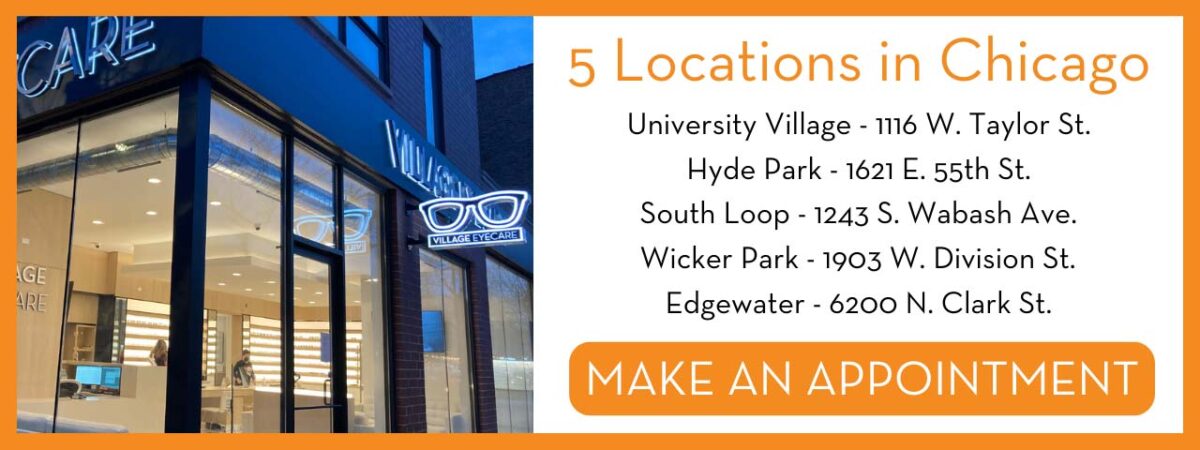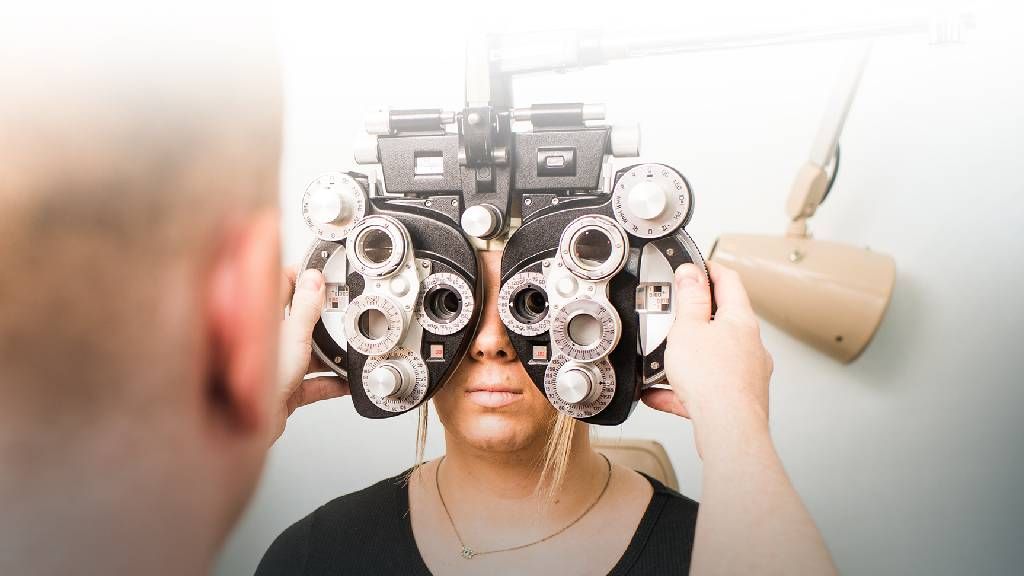Eye Center Andalusia: State-of-the-Art Care for All Ages
Eye Center Andalusia: State-of-the-Art Care for All Ages
Blog Article
Comprehending the Different Vision Correction Procedures Available for Clearer Sight
In the world of vision correction procedures, a wide range of choices exist to resolve refractive errors and supply individuals with clearer view. From the widely identified LASIK surgical procedure to much less invasive treatments like PRK and implantable lenses, the field of ophthalmology uses an array of strategies customized to fit different requirements and choices. Each procedure comes with its own collection of considerations, benefits, and prospective dangers. Recognizing the nuances of these vision improvement methods is critical for making informed decisions about one's visual health. Allow's discover the complexities of these procedures and clarified the course to achieving enhanced vision quality.
LASIK Surgical Procedure
LASIK surgery is a common refractive treatment used to correct vision issues such as astigmatism, nearsightedness, and farsightedness. This surgical strategy, which stands for Laser-Assisted in Situ Keratomileusis, intends to reshape the cornea to improve exactly how light is concentrated on the retina, ultimately enhancing vision quality.
One of the main advantages of LASIK surgical treatment is the fast enhancement in vision experienced by people. Overall, LASIK surgical treatment is a preferred choice for individuals seeking a long-term solution for their vision issues.
PRK Treatment

PRK is a suitable alternative for people with slim corneas or those at a greater threat of eye injuries, as it does not entail developing a corneal flap. The healing process for PRK is somewhat longer compared to LASIK, as the epithelium requires time to regenerate. Clients may experience discomfort and fuzzy vision for a couple of days adhering to the procedure.
Regardless of the longer recuperation time, PRK can produce superb lead to vision renovation, making it a useful choice for those who may not appropriate prospects for LASIK surgical treatment. - Eye Doctors in Andalusia
Implantable Lenses
In comparison to PRK where the cornea is reshaped straight, implantable lenses provide one more method for remedying vision by placing fabricated lenses inside the eye. This procedure is especially useful for individuals with high degrees of astigmatism, farsightedness, or nearsightedness that may not be ideal prospects for laser surgeries like LASIK or PRK.
Implantable lenses, also referred to as phakic intraocular lenses, work by supplementing the eye's all-natural lens with a man-made one. These lenses can be put before the all-natural lens (anterior chamber) or behind the iris and in front of the natural lens (posterior chamber) By adjusting the power and positioning of these lenses, ophthalmologists can properly correct refractive errors and improve aesthetic acuity.
One benefit of implantable lenses is that they are exchangeable and removable, giving versatility for future modifications. Nonetheless, as with any kind of procedure, there are risks included, such as infection or cataract development. People considering implantable lenses should consult with an eye treatment professional to figure out one of the most suitable choice based upon their private demands and eye wellness.
Corneal Rings

The treatment for putting corneal rings is minimally invasive and fairly quick, frequently carried out as an outpatient treatment. Throughout the surgical treatment, the eye doctor makes a small cut in the cornea and inserts the rings at a certain depth. When in position, the rings help to reshape the official source cornea, supplying a smoother surface for light to enter the eye, which can result in more clear vision.
Corneal rings are considered a reversible treatment, as they can be removed or replaced if necessary. While they might not totally eliminate the demand for glasses or contact lenses, corneal rings can considerably improve vision quality and overall visual convenience for people with keratoconus or other corneal abnormalities.
Refractive Lens Exchange
Following the improvement of corneal irregularities with treatments like corneal rings, an additional vision modification technique that can resolve refractive mistakes is Refractive Lens Exchange (RLE) RLE is a procedure that involves changing the eye's all-natural lens with a fabricated intraocular lens (IOL) to deal with refractive errors such as presbyopia, farsightedness, and nearsightedness. This procedure is particularly advantageous for individuals that may not appropriate prospects for procedures like LASIK or PRK as a result of variables such as thin corneas or high refractive errors.
RLE belongs to cataract surgical treatment, as both entail removing the eye's all-natural lens; nevertheless, in RLE, the lens is clear, not gloomy as in cataracts. The fabricated lens redirected here implanted during RLE can be customized to address the person's certain refractive error, offering clear vision at various distances. Healing time for RLE is reasonably fast, and people can anticipate enhanced vision right after the procedure. Similar to any kind of surgery, potential dangers and complications exist, so a complete examination with an eye treatment specialist is necessary to determine if RLE is the best vision improvement option.
Conclusion

In the realm of vision adjustment treatments, a wide range of alternatives exist to address refractive errors and provide people with more clear view.LASIK surgical procedure is a typical refractive procedure made use of to deal with vision issues such as astigmatism, nearsightedness, and farsightedness.While also a typical refractive treatment, the PRK (Photorefractive Keratectomy) strategy differs from LASIK surgical treatment in its method to fixing vision troubles.Adhering to the modification pop over here of corneal abnormalities with procedures like corneal rings, an additional vision modification strategy that can attend to refractive mistakes is Refractive Lens Exchange (RLE) LASIK surgical treatment, PRK treatment, implantable lenses, corneal rings, and refractive lens exchange are all options that can address different vision problems.
Report this page